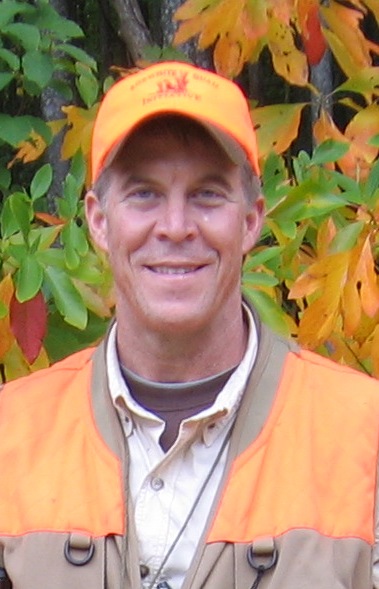Feel-good stories about bobwhite conservation come too infrequently, thus beg to be shared and appreciated widely.
I have maintained from the origins of the NBCI that the grassroots level at the bottom of the metaphorical pyramid is the foundation of bobwhite conservation. Without the vibrant grassroots power of local sportsmen’s chapters, nongovernment conservation organizations, landowners, biology clubs, prescribed fire associations, birdwatchers, hunters, etc. – unified effectively with a common vision and coordinated strategies – the NBCI mission of widespread bobwhite restoration cannot succeed.
Add “student artists” to that list of grassroots bobwhite conservationists.

Madison Shell, a motivated high school student artist in Simpsonville, South Carolina, developed a special interest in bobwhites that soon was followed by a personal commitment to use her talents to help conserve the troubled bird. Her high school’s Supervised Agricultural Experiences Project provided the launch pad for her proposition to paint pictures of bobwhite quail and sell them, donating the profits to an organization dedicated to preserving the bobwhite population. Madison did her own research on organizations dedicated to bobwhite conservation, and contacted NBCI early this year to pitch her idea.
NBCI has now established a business partnership with her new enterprise, “Bobwhite Innovative,” in which NBCI is helping feature her artwork and she is donating 75% of her proceeds to support NBCI’s bobwhite programs. Madison has since created her own website to highlight her artwork and her conservation mission:
Our mission at Bobwhite Innovative is to use our creativity to help conserve and protect the bobwhite quail population by creating and selling wildlife paintings of these amazing creatures to raise awareness. We will donate 75% of our profits to the National Bobwhite Conservation Initiative. We are a small business that started as a high school Supervised Agricultural Experiences Project (SAEP) and hope to grow into something bigger.
“Through cooperation, education, and teamwork, we hope to impact the bobwhite quail population positively,” Madison pledges on her website at www.bobwhiteinnovative.com.
The bobwhite veterans among us are accustomed to – though still grateful for – the typical, stalwart grassroots conservationists who have carried the flag for decades. But there’s something especially gratifying and encouraging about the passion, personal motivation and action of Madison Shell, offering hope that a new generation of conservationists just might be out there, ready to join and carry on the cause for bobwhites and all the other songbirds and pollinators that share its habitat. The bobwhite’s future feels a bit brighter now.






